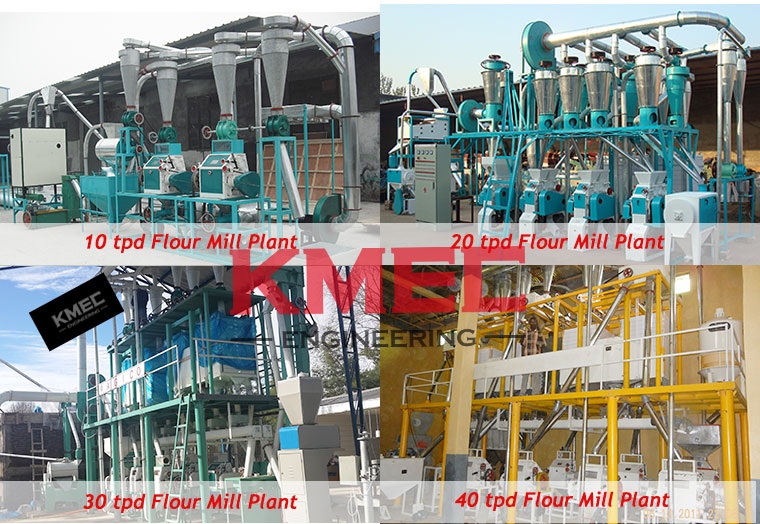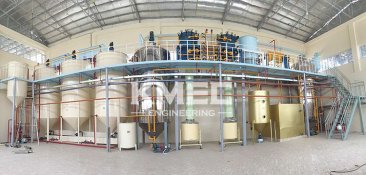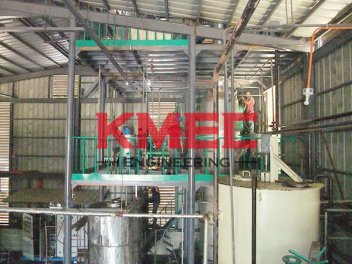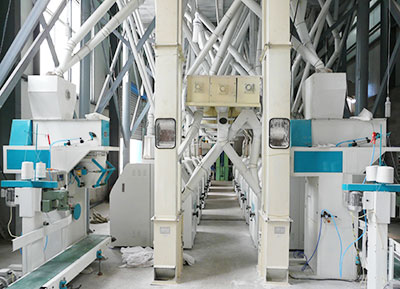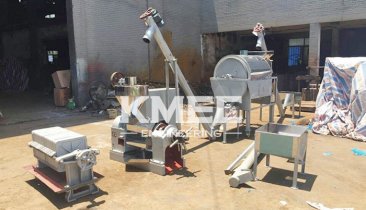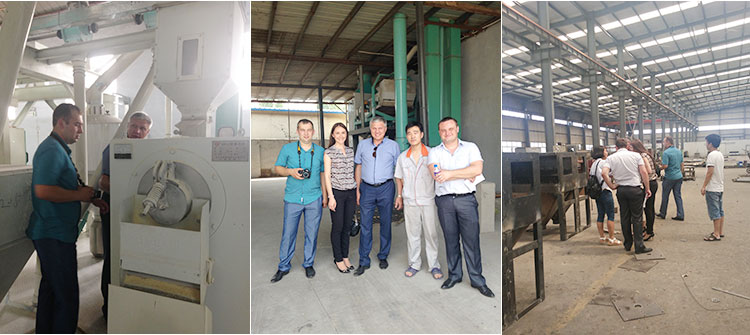small flour mill plant
Milling gains into flour is really a technical process, there are three types of flour mills available: small, medium and large capacity. It is important to decide what capacity you would like to meet and pick the correct size to meet it. If you are looking to produce flour for daily use in households or smaller communities, then a small-scale flour mill will work for you.Small Scale Flour Mill Plant VS Large Scale Flour Mill Plant
Small-scale mills have the following advantages over their larger cousins:- Price: Smaller flour mills are a cost effective way of producing flour for a home use or in smaller communities. With a lower capacity for final product comes a lower price tag.
- Size: A small flour mill will take up much less space that a larger one and the equipment is easy to use and understand. More complex processing is reserved for larger mills. Because grinding, feed processing and crushing happen in a single process, it’s an excellent option for small community milling operations.
- Processing: If you require less product, your efficiency levels – in relation to the size of small scale flour milling operation – are high.
- Time: Smaller capacity also means fewer stages in the process – saving the amount of time it takes to produce flour.
- Construction: Set up time for both the installation of the flour mill and the flour making process is quick and simple.
Process of Complete Small Flour Mill Plant
The process of turning raw materials to flour and the equipment needed.STORAGE: Raw material (wheat, corn, oats, barley, lima beans, potatoes, rice, rye or soybeans) is stored until it is ready to be milled.
CLEANING: During this stage, impurities are cleaned from the wheat. These can include dirt, magnetic material, insect damage and dust. Cleansing the raw material prepares it for milling and prevents damage to the machinery.
Equipment for this process: Beater, screener, destoner, magnetic separator and dampener
MILLING: At this point, mills and a sifter separate the flour and bran. The integrity of the raw material is broken down using a roller movement. It is then sifted for separation. This is also when size for quality is divided up.
Equipment for this process: Flour Mill and Sifter
PACKING: End products can either be weighed automatically or manually and are then divided into batch sizes and packed for use.
Other equipment included in the line is a PLC Controlling System, which controls the process and ensures that the machinery works at its optimum level.
Benefits of a small-scale flour mill
Many of the products that find their way to our table have unknown additives or lack the nutrients that should be present. With dietary issues playing a larger role in our wellbeing, people are looking for new ways to guarantee that the food they are consuming is as natural as possible. Having a small-scale flour mill – one that you can oversee – is a step in that direction.Reasons to consider investing in a small-scale mill
Making your own flour will save you money because you will no longer have to buy it from stores. This is especially important if you insist on buying natural product because paying for organic/unmodified food can be expensive.You are guaranteed to produce flour that is rich in fiber, which will contribute to proper digestive system functioning`You can be sure that there are no unnatural added substances and that the nutrients do not get lost in the process.
Get In Touch

